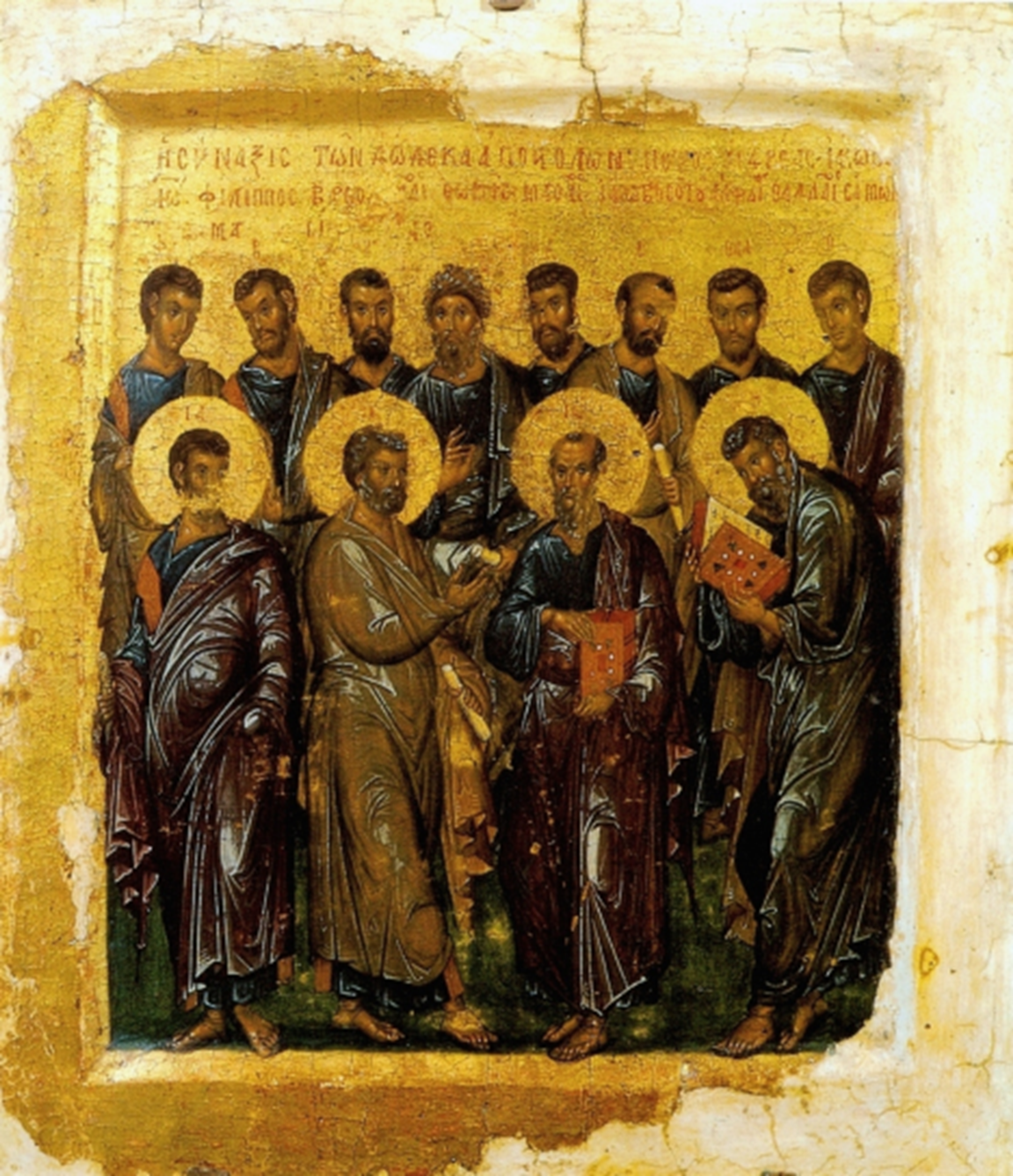THE DIDACHE

The Didache (dɪdəˌ ki—from GR didaskein to teach), also called “The Teaching (or Doctrine) of the Twelve Apostles” is possibly the oldest document we have from the early church. It is believed to be teaching directly from the Apostles. The Didache constitutes a valuable window into the lives of the earliest Christian communities and gives another witness to our Gospel texts. It is a brief manual on Christian living and various Church practices probably compiled by the middle of the second century, but including material most likely coming from as early as the first century. The first part describing the Two Ways, the Way of Life and the Way of Death (Chapters I-VI) are moral instructions for a Christian life. The second part consists of instructions on ritual practices concerning baptism, fasting, prayer and the Eucharist (Chapters VII-X). The third part (Chapters XI-XV) gives instructions regarding leaders in the early Christian Community—apostles, prophets, and teachers. The fourth and final part (Chapter XVI) talks about “Watchfulness” and the “Coming of the Lord.” These apocalyptic overtones parallel similar language found in the gospels of Matthew and Mark, as well as in 1 Thessalonians, and Revelation. The teachings about the appropriate days to fast, how to conduct a proper baptism, and the prayer of thanksgiving are some of the earliest recorded liturgical manuals. The Didache is perhaps the first text to append a doxology to the Lord’s Prayer: “ … for thine is the power and the glory forever.” The Didache was discovered by Metropolitan Philotheos Bryennios, Bishop of Nicomedia—in a monastery in Constantinople, in 1873 and was published in 1883. Original manuscripts were written in Koine Greek (Biblical Greek), but have also been found in Syriac, Latin, and Coptic. The point of its origin remains speculative, but given the language and place of discovery, Northern Egypt, Southern Anatolia (modern-day Turkey), and other various Ancient Near East locations seem likely. How to say Didache: https://www.youtube.com/watch?reload=9&v=TgEs8w-7CGY A copy of the Didache is available for loan in our Saint George Library https://stgmontreal.libib.com/
LA DIDACHÈ
La Didachè ou Didakè (dɪdəˌ ki - du GR didaskein : enseigner), également appelé «Enseignement des douze Apôtres ou Doctrine des Apôtres» est un petit livre qui nous apporte des renseignements souvent uniques sur la pratique des premières communautés chrétiennes. En plus d’être un texte d'un intérêt historique certain, ce texte est également une synthèse percutante de la discipline enseignée dans les Évangiles. La Didakè a possiblement été compilée au milieu du deuxième siècle, mais comprend du matériel provenant très probablement du premier siècle. La première partie décrit les deux voies : la voie de la vie et la voie de la mort (chapitres I-VI); elle comporte des instructions morales pour la vie chrétienne. La deuxième partie (chapitres VII-X) est constituée de prescriptions liturgiques concernant le baptême, le jeûne, la prière et l'Eucharistie. La troisième partie (chapitres XI-XV) donne des instructions sur le fonctionnement des églises locales, notamment sur l'accueil des apôtres, des prophètes et des prêcheurs, l'élection des évêques et des diacres. La quatrième et dernière partie (chapitre XVI) se conclue par une section plus eschatologique. Ces connotations apocalyptiques correspondent à un langage similaire trouvé dans les évangiles de Matthieu et de Marc, ainsi que dans la première épître aux Thessaloniciens et dans l'Apocalypse. La Didachè est peut-être le premier texte à ajouter une doxologie à la prière du Seigneur: «… car à toi est la puissance et la gloire pour toujours.» Le texte de la Didakè a été trouvé vers 1873 par le métropolite Philothée Bryennios de Nicomédie dans un monastère de Constantinople, et a été publié en 1883. Les manuscrits originaux ont été écrits en koinè (grec ancien), mais ont également été retrouvés en syriaque, latin et copte. Le point de son origine reste spéculatif, mais compte tenu de la langue et du lieu de découverte, le nord de l'Égypte, le sud de l'Anatolie (Turquie moderne) et d'autres divers sites du Proche-Orient ancien semblent probables. Une copie (en anglais) de la Didachè est disponible en prêt à la Bibliothèque de l’église Saint-Georges : https://stgmontreal.libib.com/